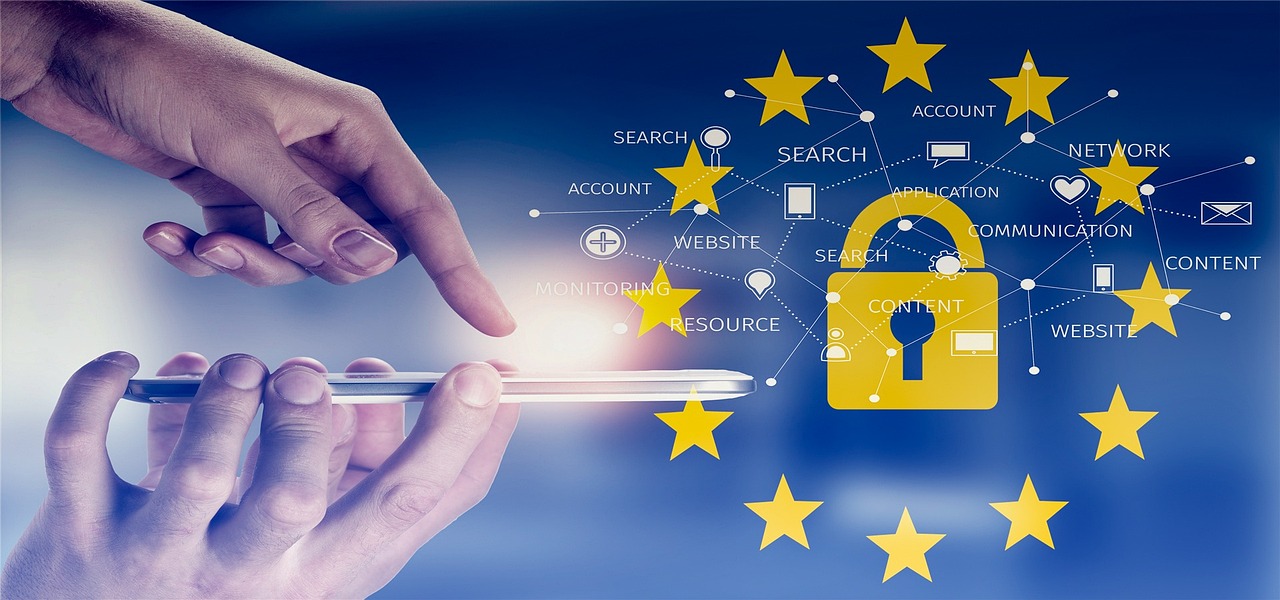
As we see an ever greater degree of human interaction play out in the digital space, the issue of secure, trustworthy identity verification has come to the fore. From the point of logging into which websites, using online services, to authoring also for which we use our identity in financial transactions, at the core of that security is the issue of what we put out there online.
But we see present-day traditional identity systems which are very much that of centralized databases which are operated by governments and corporations, these have proven to be very weak points in terms of breaches, fraud and misuse. In that wake, decentralized identity (DID) is stepping forward as a large-scale game changer in the field of internet security.
Understanding Decentralized Identity
Decentralized identity is a system that puts in the hands of the individual the control of their digital identity, which they do not have to trust to a central authority. We see in DID the use of blockchain and crypto technologies, which enable users to issue, manage and present verifiable credentials through peer-to-peer networks. Also in this model, which does away with centralized servers for storage of these credentials, we see a reduction in the risk of large-scale data breaches.
In this model, identity info is held in digital wallets, which are owned by the users. We use cryptographically signed credentials for verification, which also may be checked by third parties without giving out extra info. For example, you could show your age, we won’t see your exact date of birth.
Enhancing Online Security
Decentralized identity systems can greatly improve online security, which they do in the following ways:
- Data Minimization: Users may choose to disclose only what is required, which in turn reduces the exposure of sensitive data.
- Reduced Attack Surface: Since we do not have all identity data in one place, hackers do not have a single target for access to millions of user records.
- Phishing Resistance: DID services tend to use cryptographic keys in place of passwords, which in turn reduces susceptibility to phishing.
- Tamper-Proof Records: Credentials stored in a blockchain are permanent, which also means they are hard to change or fake.
Empowering User Privacy and Control
In a distributed identity model, users take back control of their personal information. They get to decide who has access to it, when, and for what duration. This level of control is a sharp break from the present, which is that companies tend to collect and profit from user data without going the extra mile to obtain consent. By putting the individual in the driver’s seat, we see growth of transparency, trust, and accountability.
Real-World Applications
In many fields, we see the adoption of decentralized identity solutions:
- Healthcare: Patients have access to their health records and may share them securely with care providers, which also includes not using the hospital databases.
- Finance: Banks may verify KYC information without storing sensitive user data.
- Education: Institutions may issue digital diplomas and certificates that do not tamper.
- Government: Citizens use a single which they manage, which gives them access to public services and voting systems.
Challenges Ahead
Despite what was put forward in the early days, decentralized identity is still at an adoption crossroads. We see that there is a lack of universal standards, interplay between systems is a challenge, issues with user education, and we have not seen enough regulatory input. Also, what we are seeing is that trust frameworks and governance models must change in order to build in reliability and to also prevent against misuse.


